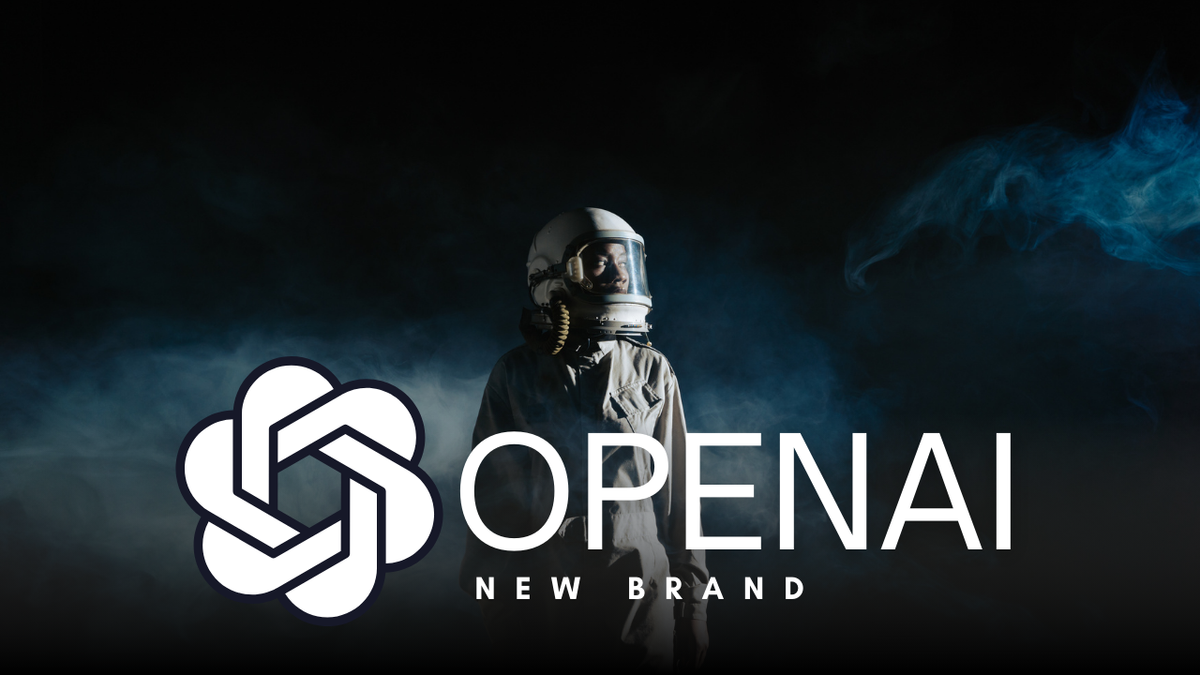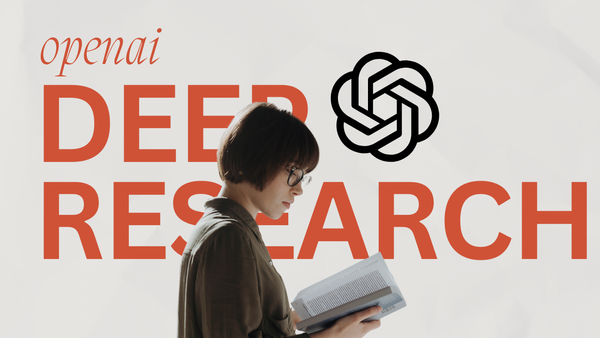In the ever-evolving landscape of technology, branding plays a pivotal role in how companies communicate their vision, values, and innovations. On February 4, 2025, OpenAI, a leading name in artificial intelligence, announced a significant overhaul of its brand identity. This move not only refreshes their visual presence but also signals a strategic pivot in their approach to AI development and market positioning. This article delves deep into the nuances of OpenAI's new brand identity, exploring the design choices, the underlying philosophy, and the potential implications for the future of AI.
The Genesis of the Rebrand
OpenAI, founded in 2015 with a mission to ensure that artificial general intelligence benefits all of humanity, has been at the forefront of AI research and development. With products like ChatGPT and DALL-E, the company has transitioned from a research-centric organization to one with a significant product footprint. This shift necessitated a rebranding to align their visual identity with their evolving role in the tech ecosystem.
Visual Identity Revamp
- Typeface and Wordmark: At the core of the rebrand is "OpenAI Sans," a custom typeface designed to reflect precision and innovation. The wordmark has been streamlined, offering a cleaner, more modern look that resonates with both tech enthusiasts and the broader public. This design choice underscores clarity and forward-thinking, aligning with OpenAI's mission to demystify AI for everyone.
- Logo Redesign: The new logo introduces a central motif referred to as 'the point,' a black circle symbolizing the cursor, which is the origin of interaction in digital interfaces like ChatGPT. This element serves as a foundation for the entire identity system, emphasizing simplicity, utility, and the human touch in technology. The design team, led by Veit Moeller and Shannon Jager, worked with ABC Dinamo and Studio Dumbar to craft an identity that balances tech's precision with human creativity.
- Color Palette: The choice of a minimalist color palette, primarily black and white, with strategic accents of color, aims to convey substance over spectacle. This aesthetic choice aligns with OpenAI's commitment to ethical AI development, where the focus is on the impact and utility rather than visual flair.
Employee and Public Reaction
- Initial Backlash: Earlier leaks suggested that some OpenAI employees were not thrilled with an initial logo concept, describing it as uninspiring or even ominous. This reaction was covered by outlets like Fortune and Creative Bloq, highlighting the challenge of aligning internal culture with external branding.
- Final Reception: Despite the initial backlash, the final rollout of the brand identity appears to have been well-received. The design's emphasis on human-centric elements might have mitigated earlier concerns, focusing the narrative on how AI can enhance human creativity rather than replace it.
Strategic Implications
- Market Positioning: The rebrand signifies OpenAI's intent to be seen not just as a tech company but as a leader in ethical AI, emphasizing transparency, responsibility, and accessibility. This can help in differentiating OpenAI in a crowded AI market where ethical considerations are increasingly paramount.
- User Engagement: By humanizing their brand, OpenAI aims to make complex AI technologies more approachable. The new design language speaks to users on a personal level, potentially increasing engagement across their product suite from developers to everyday users.
- Corporate Evolution: The rebrand also coincides with shifts in OpenAI's corporate structure and a focus on revenue and investor relations, as noted in various reports. This could mean a more aggressive push into product development, commercialization, and possibly new venture areas like AI hardware or robotics, hinted at by their trademark applications.
Design Philosophy
- Human-Centric Approach: OpenAI's new brand identity is built around the idea that technology should amplify human creativity and capability. The design elements are chosen to evoke memory, tone, and life, suggesting a brand that thinks deeply about how its products touch human lives.
- Simplicity and Precision: The design ethos focuses on clarity and precision, mirroring the technical accuracy of AI but presented in a way that feels warm and inviting. This duality aims to bridge the gap between cutting-edge technology and everyday usability.
Implementation Across Products
- ChatGPT and Beyond: The rebrand has been rolled out across major touchpoints including the ChatGPT interface, OpenAI's website, and marketing materials. The consistency in design ensures that users experience a cohesive brand narrative regardless of where they interact with OpenAI's technologies.
- Physical and Digital Merchandise: Even tangible products like badges or virtual elements in apps reflect this new identity, ensuring that every interaction with OpenAI reinforces their brand values.
The Broader Impact on Tech Branding
- Setting New Standards: OpenAI's rebrand could set a benchmark for how tech companies, especially those in AI, approach their public image. The emphasis on ethical considerations, human creativity, and accessibility might encourage other companies to follow suit.
- Educational Role: By making AI more visually and conceptually accessible, OpenAI contributes to public education about AI's role and potential in society, which is crucial as AI becomes more integrated into daily life.
Challenges and Opportunities
- Maintaining Brand Integrity: As OpenAI expands into new markets or technologies, maintaining the integrity of this new identity will be key. The brand must evolve without losing the core values it now stands for.
- Global Perception: With AI being a global issue, the brand needs to resonate across different cultures and regulatory environments, which adds complexity to brand management but also offers opportunities for global leadership in AI ethics.
Conclusion
OpenAI's rebranding in 2025 marks a significant chapter in its narrative, one where the company not only restyles itself but redefines its mission in the public eye. This strategic and visual transformation aims to usher in an era where AI is not just a tool but a partner in human endeavor, a promise that's visually and philosophically encapsulated in their new identity. As OpenAI continues to navigate the complexities of AI development, this brand refresh will be a beacon, guiding their interactions with users, developers, and the world at large.
SEO Considerations:
- Keywords: OpenAI, Brand Identity, AI Technology, Visual Design, Corporate Rebranding, Ethical AI, ChatGPT, DALL-E, Tech Industry Trends, Brand Philosophy, Human-Centric Design, AI Market Positioning.
- Title: "OpenAI Unveils New Brand Identity 2025: A Comprehensive Look at the Visual and Strategic Transformation"
This comprehensive analysis not only informs about the specifics of OpenAI's rebrand but also provides insights into the broader implications for tech branding, AI's role in society, and how companies can communicate complex technologies in accessible ways.






